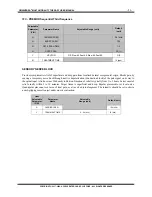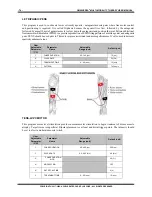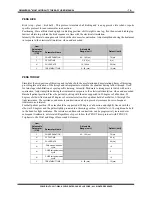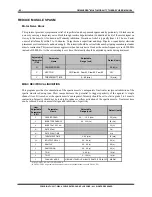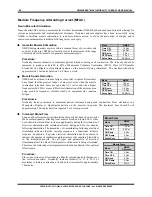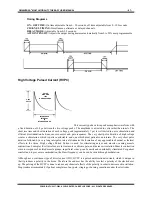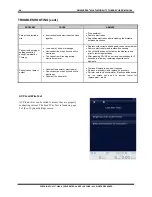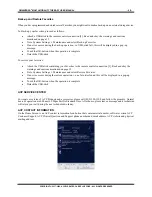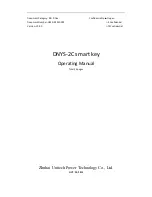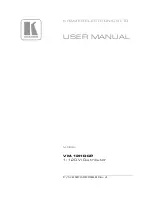
OMNIVERSA
®
MULTI-MODALITY THERAPY USER MANUAL
- 85 -
COPYRIGHT © 2017-2020, ACCELERATED CARE PLUS CORP., ALL RIGHTS RESERVED
positions in the field. The following technique is used in the Omnistim
®
when in the IFC mode of operation.
The highest intensity field is obtained in the deep tissue at bisecting angles to the out-of-phase electrodes. This
technique offers three stimulation fields.
IFC – Nerve Block Mode
Should the clinician desire rapid analgesia and maximum comfort in both the surface and deep tissues, continuous
non-modulated MF currents may be used with the OmniVersa, which will produce strong nerve blocks (Wedensky
Inhibition) throughout the entire treatment field. This is often useful in the mobilization of joints, prior to transverse
friction massage, or for relieving acute pain. It should be noted that this technique would produce only transient relief
of pain.
The effects of full field interferential current therapy may be described as follows:
a.
Stimulation of deep and surface tissues.
b.
May be used to produce deep and surface analgesia via nerve block (Wedensky Inhibition) when MF mode
is used.
Vector Technique:
In order to move the position of the deep interferential fields,
researchers developed systems to alter the relative amplitudes between
stimulation channels in interferential stimulators. This alteration of
relative amplitude changes the phase relationships and the position of
the summated field in the tissue.
Advantages of Dynamic Vector:
1.
When the patient expresses a poor pain location and cannot
indicate whether or not the therapy feels the strongest at the
subjectively perceived location of the problem.
2.
When the target tissue area is extremely large.
3.
When you wish to increase the amount of current density in the
tissues to obtain a higher therapeutic dosage.
4.
When your electrode placement sites are less than optimal.
Vector Options
The
OmniVersa has 4 different dynamic vector options:
Fast 90 degrees
Slow 90 Degrees
Fast 45 Degrees
Slow 45 Degrees

